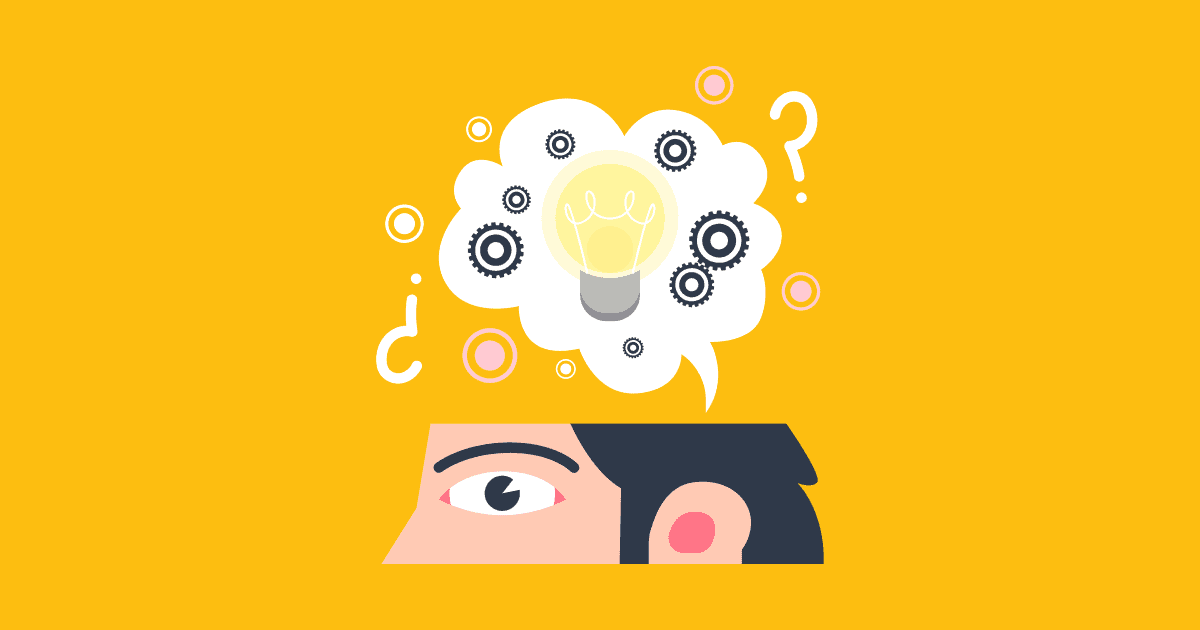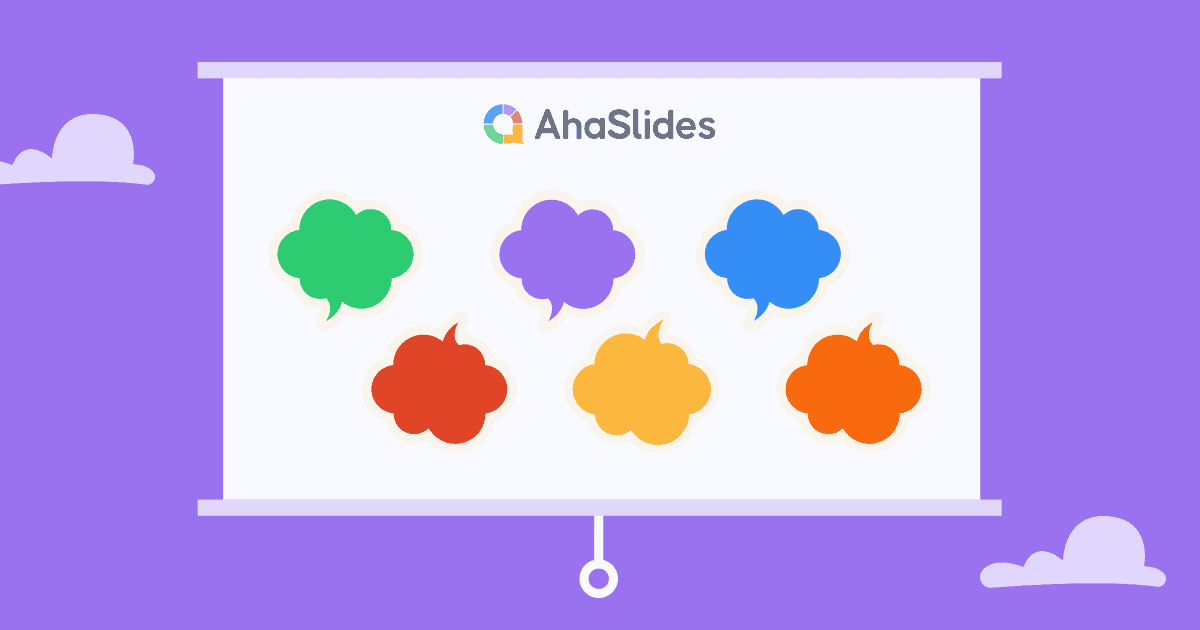在充滿壓力和快節奏的環境中,多次依靠直覺進行決策是有幫助的。
但是,知道何時應用您的 直覺思維 很棘手。 了解它是什麼以及如何讓它發揮作用將使您做出偉大的決定並獲得良好的結果。
深入了解以獲得更多見解👇
目錄
關於發展軟技能的更多技巧
| 直覺思維的反面是什麼? | 違反直覺 |
| 誰發明了『直覺思維』一詞? | 亨利柏格森 |
| 什麼時候找到術語‘直覺思維’了嗎? | 1927 |
什麼是直覺思維?

想像一下,你是職業棒球選手,站在本壘板上。投手猛地一甩,一個快球正朝你飛來。你只有一瞬間的時間做出反應──根本沒有時間進行有意識的思考!
但神奇的事情發生了——你的身體知道該怎麼做。毫無預警地,你的雙手就擺好了位置,啪!你打出了完美的一擊。
這種洞察力從何而來? 你的直覺。
在內心深處,大腦的某些部分可以識別諸如投手的動作、球的旋轉等細微的線索,並且根據數千次練習和過去比賽的經驗,確切地知道如何做出反應。
這就是直覺思考的實際運用。它讓我們幾乎可以立即利用豐富的經驗,並做出“直覺決定”,而無需任何深思熟慮的邏輯。
就像《壯志凌雲》中的克魯斯在空戰中只能感覺到正確的動作,或者尼奧在不理解的情況下看到《黑客帝國》的代碼。
最棒的是?直覺不僅能做出反應——它也是洞察力和創造力的超能力。
那些頓悟的時刻或創新的解決方案往往在邏輯能夠完全解釋之前就從我們的直覺中冒出來。
什麼是四種直覺思維?
直覺思維一般分為四種,每種都有不同的特點。 你是哪種類型的直覺思考者?🤔
認知直覺
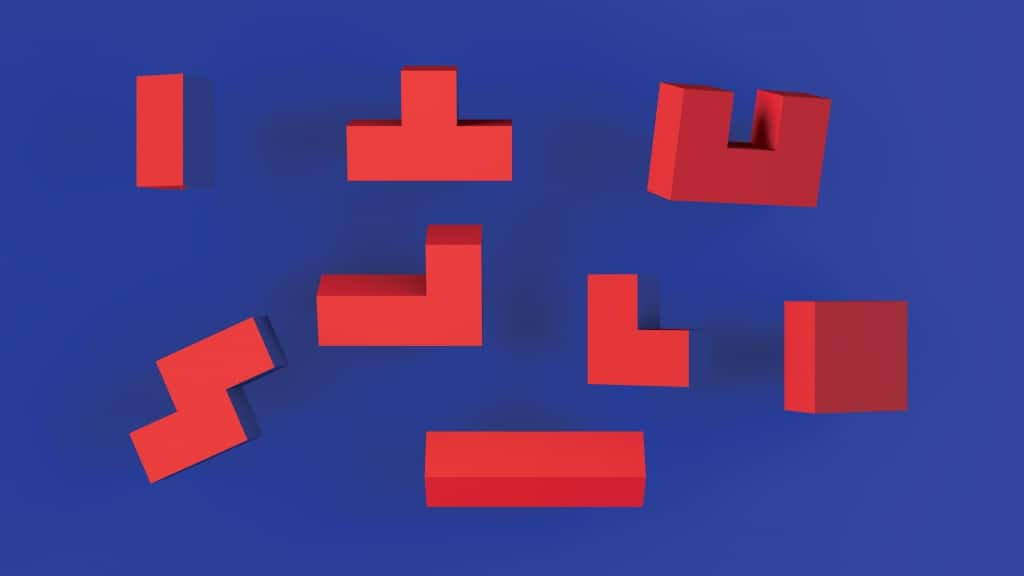
這涉及到獲取我們透過認知挑戰的經驗無意識地學到的模式和推論。
它允許快速模式匹配和判斷。 例如,立即識別語法模式、解決複雜的問題、根據熟悉的模式直覺地得出數學問題的答案,或者評估風險/可信度。
情感直覺
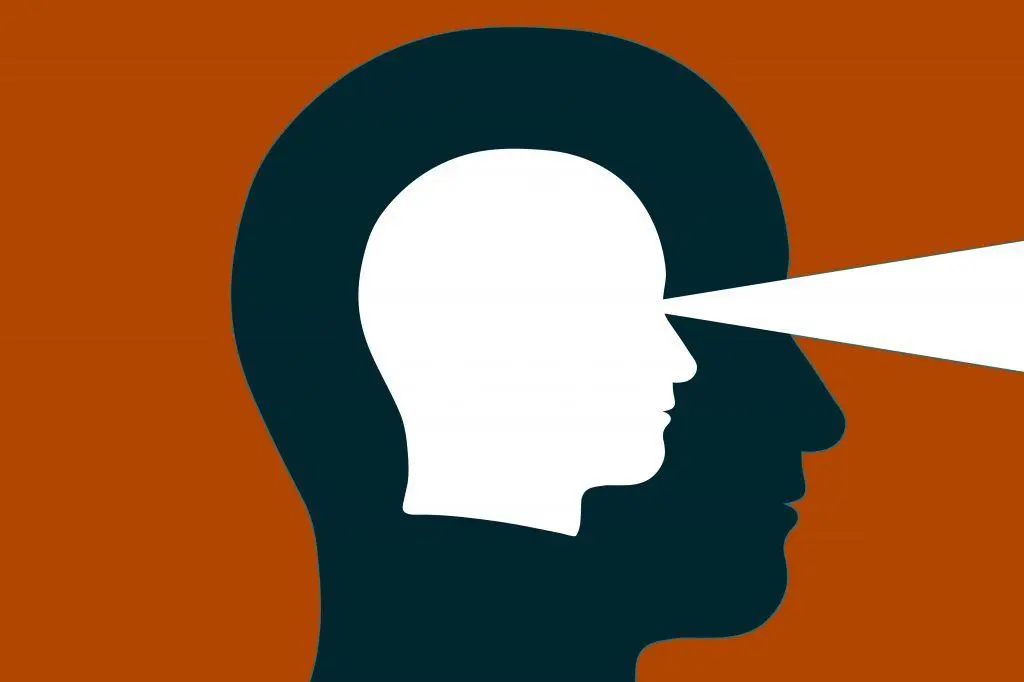
也稱為直覺。 這種類型更依賴情緒和感覺來引導直覺。
無需有意識的推理,我們可能會覺得事情正確,也可能感到不安。它涉及人際判斷、識別欺騙以及倫理/道德決策等,在這些方面,情緒都會發揮作用。
分析直覺
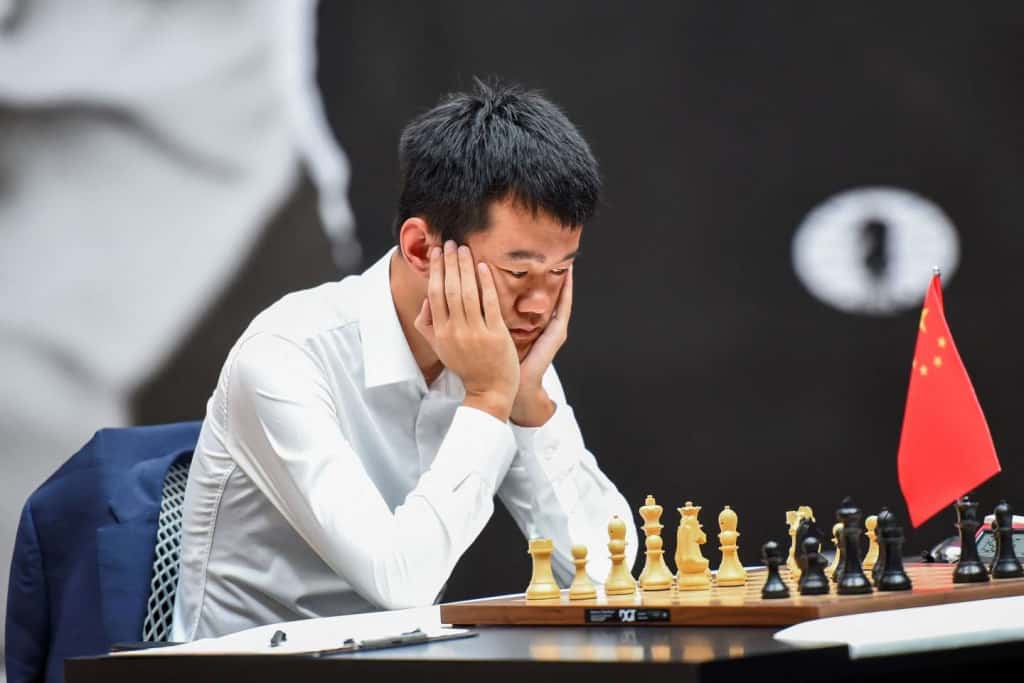
是通過多年來在某項技能或領域進行廣泛的深思熟慮和自動學習而發展起來的。
專家可以直觀地解釋複雜的情況並做出適當的反應。 例子包括國際象棋大師、專家醫生和其他在各自領域擁有豐富經驗的專業人士。
具身直覺

依賴於肌肉、本體感覺和感覺學習。
通過身體練習和基於運動的社交體驗來發展。 協調技能、平衡能力、通過面部表情、肢體語言等解釋非語言情感/社交線索等都屬於這一類。
有些還包括:
- 社會直覺-指無需自覺推理,即可直觀理解社會動態、規範和互動的能力。其影響領域包括解讀情緒、預測行為、辨別人際關係和權力結構,以及知覺群體影響/動態。
- 生成直覺-透過直觀地整合不同類型的訊息,激發新想法、創新或以新穎的方式看待問題。例如發明創造、創新設計、突破性的科學理論,以及藝術/人文領域中出人意料的視角。
這四種直覺類型都能提供快速的洞見,但這些洞見可能需要更長時間才能有意識地獲得。而且它們之間經常相互作用——認知模式可能會引發情緒反應,從而對體驗式學習產生長期影響。有效地培養任何類型的直覺都依賴於不斷接觸新的體驗和反思性學習。
直覺思維是好是壞?
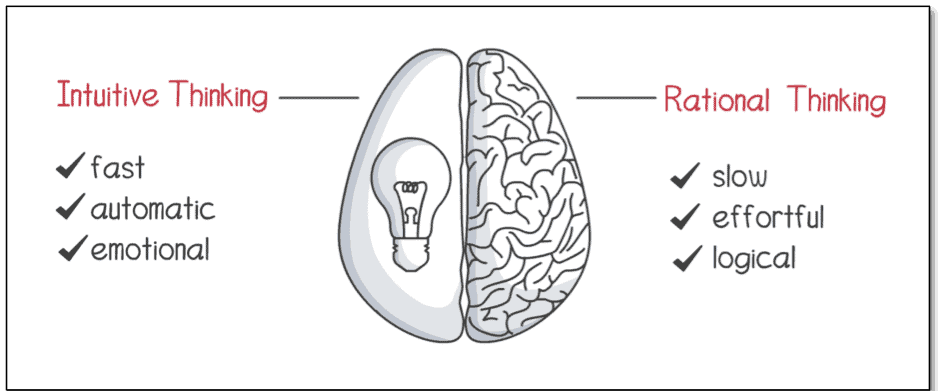
直覺思維是一把雙刃劍。 當通過豐富的經驗積累專業知識時,它可能非常有益,但當依賴缺乏證據基礎的高風險決策時,它會很危險。
直覺思維的潛在好處包括:
- 速度——直覺允許非常 快速決策 當時間有限時。 這可能是有利的。
- 基於經驗的洞察力-直覺融合了無意識的經驗教訓,可以提供有用的觀點。
- 創造力-直覺可以促進新的連結和創新的、打破常規的想法。
- 最初的猜測-直覺可以作為進一步探索和驗證的起點。
直覺思維的潛在缺點包括:
- 偏見-直覺容易受到認知偏誤的影響,例如錨定、影響啟發和內群體偏袒,這些都會扭曲判斷。
- 無效模式-直覺模式可能基於過時、不正確或一次性的過去經驗,而不是可靠的證據。
- 辯護-人們本能地去證明直覺的想法,而不是公正地調查它們的準確性。
- 整體論重於細節——直覺關注的是更廣泛的主題,而不是仔細分析重要的細微之處。
- 自滿——直覺可能會阻礙徹底的深思熟慮的推理,而傾向於跟隨感覺。
成為更直覺的思考者的技巧
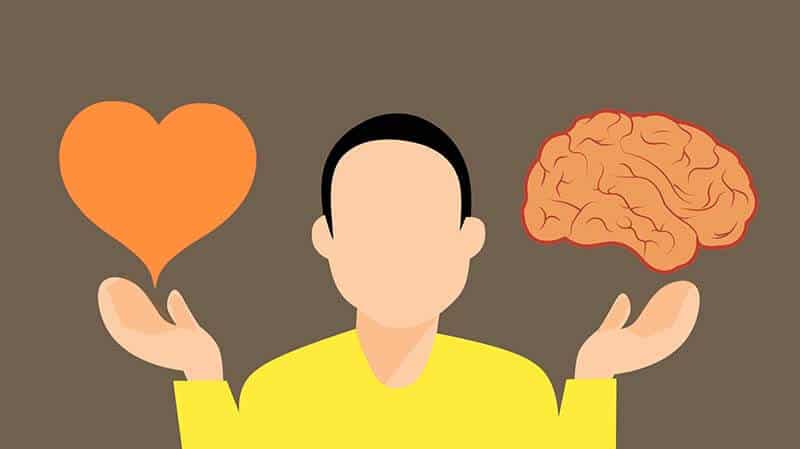
以下是成為更直覺思考者的一些技巧。 隨著時間的推移,這些策略通過多樣化、反思性的接觸和靈活的思考來增強你的直覺思維:
- 在你的領域累積豐富的實務經驗。直覺源自於潛意識中對所接觸事物模式的辨識。不斷挑戰自我。
- 練習正念和自我意識。留意你的直覺和預感,不要評斷。隨著時間的推移,你會學會更加相信自己的直覺。
- 鼓勵發散思維。 在不相關的概念之間建立關聯。 廣泛集思廣益。 直覺以新的方式結合想法。
- 解決問題的過程中要休息一下。 孵化可以讓直覺從你的潛意識中浮現出來。 去散步,讓你的思緒飄逸。
- 培養元認知。分析過去的直覺-哪些是準確的,以及為什麼?建立對自身直覺優勢的自我認知。
- 注意你的夢想/白日夢。 這些可以提供邏輯規範之外的直觀見解。
- 研究與您的專業知識不同的領域。 新穎的信息可以激發您的直覺聯想和解決問題的角度。
- 避免本能反應被解僱。 在放棄預感之前,給預感一個進一步檢查的機會。
底線
直覺思考依賴快速、潛意識的模式辨識、情緒和經驗,而非循序漸進的推理。透過練習,我們可以將直覺訓練得像第六感一樣,讓我們在任何情況下都能成為出色的問題解決者。
常見問題(FAQ)
直覺思考者會做什麼?
直覺思考者在處理問題、做出決策和表達自己時,主要依靠他們的直覺、通過經驗識別的隱含模式以及直觀地連接不同想法的能力,而不是嚴格的邏輯分析。
直覺思維的例子是什麼?
一個體現直覺思維的例子包括:一位國際象棋大師無需有意識地分析所有可能性,就能立即辨識出下一步的最佳走法。他們的直覺是基於豐富的經驗;或是一位經驗豐富的醫生,能夠根據細微的線索,察覺到病人身上不尋常症狀的病因,並「感覺」到有些不對勁,即使檢查結果尚未解釋。
邏輯性好還是直覺性好?
關於邏輯思考和直覺思維究竟孰優孰劣,並沒有簡單的答案──兩者都有優缺點。通常認為,理性思考是兩種方法之間的平衡。







